People
Meet the New Innovators: 9 Next-Gen Dealers Who Are Rethinking What a 21st-Century Gallery Can Be
These individuals are changing how the art-dealing business is done.
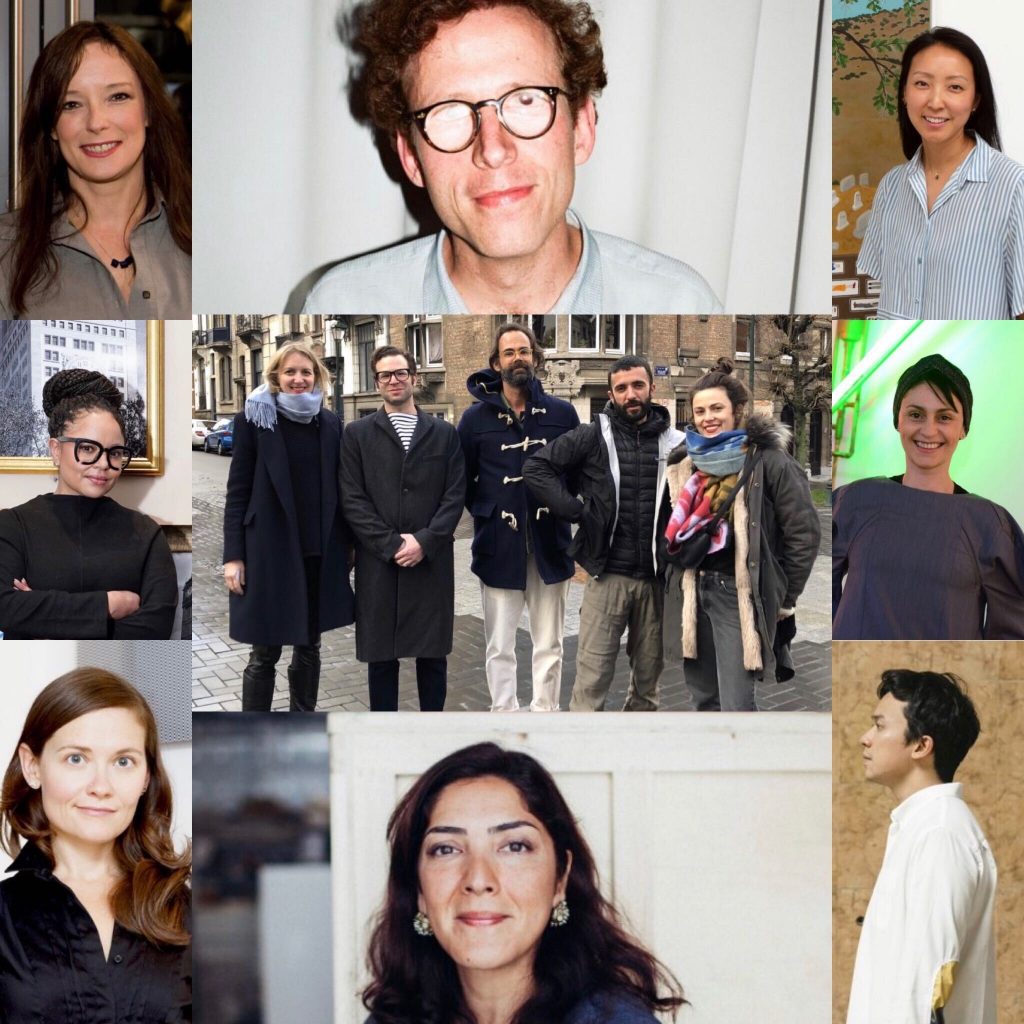
These individuals are changing how the art-dealing business is done.

Artnet News

A version of this article first appeared in the fall 2020 Artnet Intelligence Report, which you can download for free here.
From their programs to their business practices, each of these art sellers offers a compelling vision of what a 21st-century gallery can be.
Meet them below and see the complete list of New Innovators, our list of entrepreneurs, tastemakers, institutional change agents, community builders, and disruptors. Check back for the final batch of in-depth profiles tomorrow.
For almost 11 years, LaTiesha Fazakas worked at a Vancouver gallery specializing in traditional Indigenous art of the Northwest Coast—a retail-oriented market in which dealers buy works from artists and resell them (usually) to tourists. In the process, she encountered talented creators who wanted to do more experimental work than the tourist market would allow.
So she set out to create a gallery that could connect a panoply of Indigenous artists like Beau Dick—a chief of the Kwakwaka’wakw culture in Alert Bay, who often incorporates European and Asian influences in carved masks that still serve ceremonial purposes—to the global avant-garde. “I like to remind people there is no homogenized Indigenous voice,” Fazakas says.
Fazakas’s hybrid business model is as novel as her artistic focus. Within two years of her gallery’s 2013 launch, she says, only about 15 artists were consigning works and constituting anything resembling an artist roster. She maintains business relationships with roughly 40 additional artists through a more traditional Northwest Coast retail model and occasional client commissions. (Fazakas says even her arrangement with Dick, who died in 2017, was too fluid to fit any simple capitalistic definition.)
“Each and every artist I work with, we do so on terms that work for their individual needs and ours,” Fazakas explains, raising the rare art-world prospect that relationships can be more humane and better for business at the same time.
–Tim Schneider
Johann König is fearless about trying new things. It’s an attitude that has served the Berlin-based dealer well during this turbulent year. When the lockdown hit, he jumped onto Instagram Live and started his “10AM Series,” regular conversations with artists in their studios. Then, when Art Basel was called off, he installed a mini-fair of his own inside his cavernous gallery, Berlin’s former St. Agnes church, showing around 100 works consigned largely by private collectors. (He took a commission if the consignments sold.) In what may be a sign of things to come, König charged $11 for admission to the display—almost unheard of for a gallery, but cheap for an art fair. “We’re trying to offer a more discreet way for collectors to resell works with more transparency and no risk of works getting bought in [at auction],” says the dealer. The model seems to be working, though it has also ruffled feathers: he held another edition of the mini-fair to coincide with Gallery Weekend Berlin in September.
–Kate Brown
Of Iranian heritage, Sunny Rahbar was born in Oklahoma and moved to Dubai at age three. As a young adult, she studied in London and New York and wondered why there was so little awareness of Middle Eastern artists in these supposedly global arts hubs. “I was not happy that we as a region had no representation internationally,” she says.
When Rahbar returned to Dubai, she was determined to create a platform to support artists and creatives from the Middle East. She founded The Third Line in 2005, and it simultaneously filled a void in the emirate and created a whole new set of challenges. “When we opened the gallery, we had to play the dual role of a commercial art gallery and an institution—because at the time, there were no arts institutions in Dubai,” explains Rahbar.
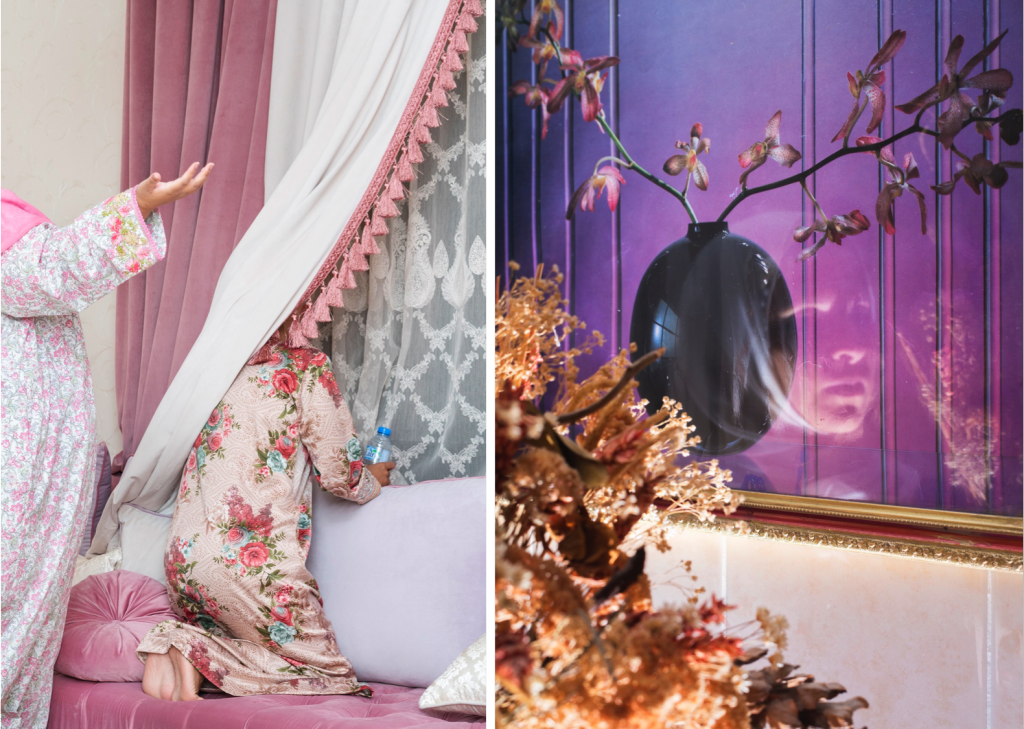
Farah Al Qasimi, After Dinner 2 (2018) and A’s Reflection (2019). Courtesy of the artist and The Third Line.
Roughly 15 years later, Dubai’s substantial (and growing) arts infrastructure has enabled her to pivot her mission. Rahbar is now focused on finding ways for The Third Line to continue to add value and functionality to its artists’ careers “beyond the physical gallery walls,” partly by uniting stakeholders in the arts around “shared visions and similar values,” she says. “For me, the future is about focusing on community and sustainability.”
–Rebecca Anne Proctor
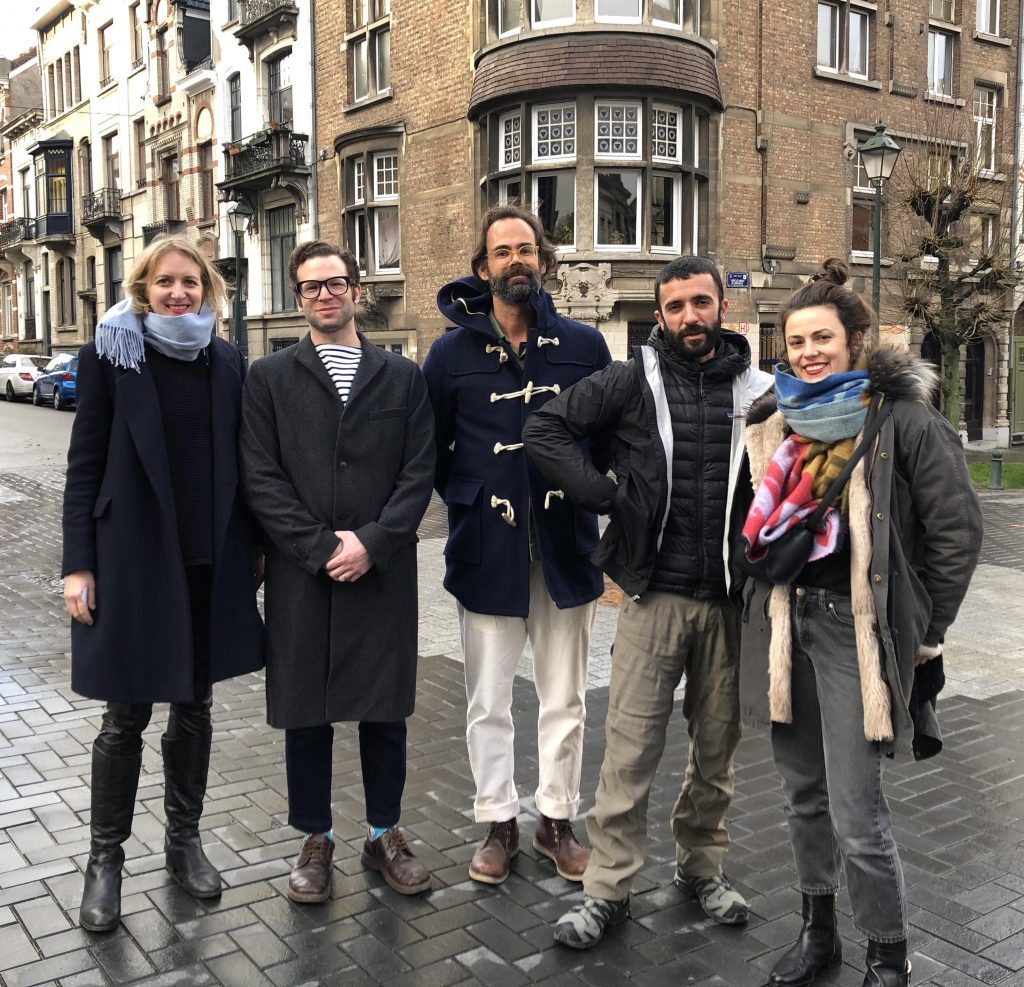
La Maison de Rendez-Vous , From left to right:
Katharina Schendl (LambdaLambdaLambda); Jeffrey Rosen (Misako & Rosen); Chris Sharp (lulu); Paul Soto; Isabella Ritter (LLL). Misako Rosen is missing on the image. Courtesy of La Maison de Rendez-Vous.
On a quiet and picturesque street corner in Brussels sits La Maison de Rendez-Vous, one of the world’s most novel experiments in gallery operation. The collaborative space is shared by four dealerships with diverse programs and headquarters on three different continents: LambdaLambdaLambda (Prishtina, Kosovo); Lulu (Mexico City); Misako & Rosen (Tokyo); and Park View/Paul Soto (Los Angeles).
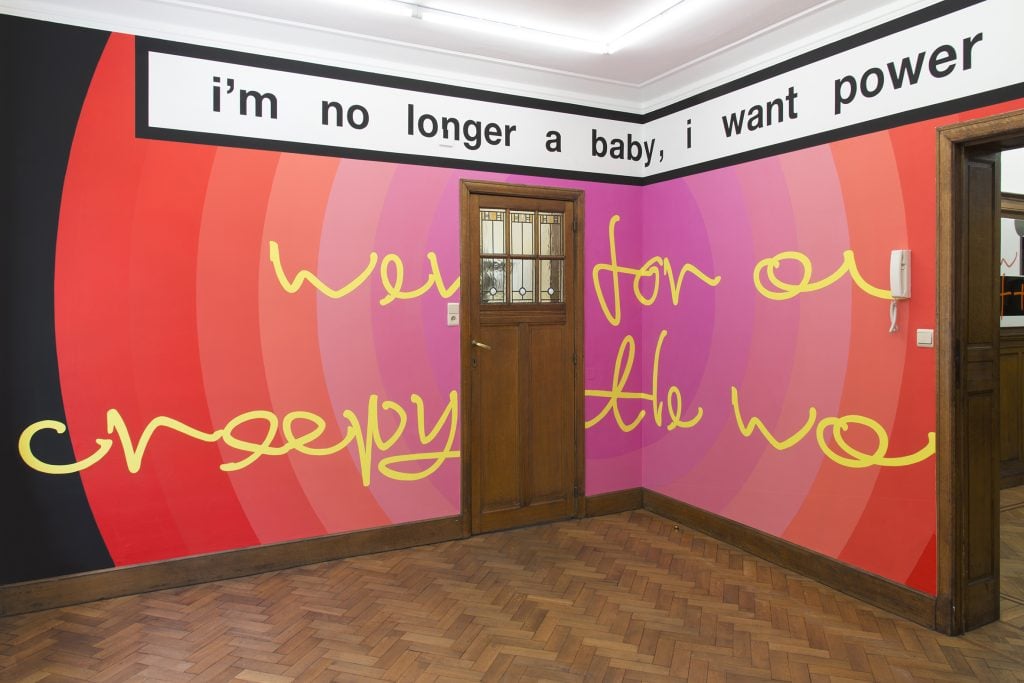
Nora Turato, “let’s never be like that”, organized by LambdaLambdaLambda, LA MAISON DE RENDEZ-VOUS, Brussels, 2020. Photo: Isabelle Arthuis.
“Not only do we equally share expenses, we also share networks, information, clients, and our varying skill sets,” the quartet say. Their programming ranges from collaborative group shows to individual projects like LambdaLambdaLambda’s recent exhibition of work by Croatian rising star Nora Turato. With mega-galleries consolidating their power as never before, La Maison de Rendez-Vous offers a model for how smaller art businesses can sustainably expand their footprint—together.
–Kate Brown
In 2017, dealer Joeonna Bellorado-Samuels launched an itinerant exhibition space called We Buy Gold. Without the financial and geographic constraints of a fixed location, the gallery operates, Bellorado-Samuels says, as an intrepid, cross-disciplinary “place of experimentation”—a complement to her day job as a director at Jack Shainman Gallery. We Buy Gold initially occupied spaces in Bedford-Stuyvesant and Chinatown, mounting group shows of emerging and mid-career Black artists like Alexandra Bell and Ja’Tovia Gary that interrogated the politics of race and space.
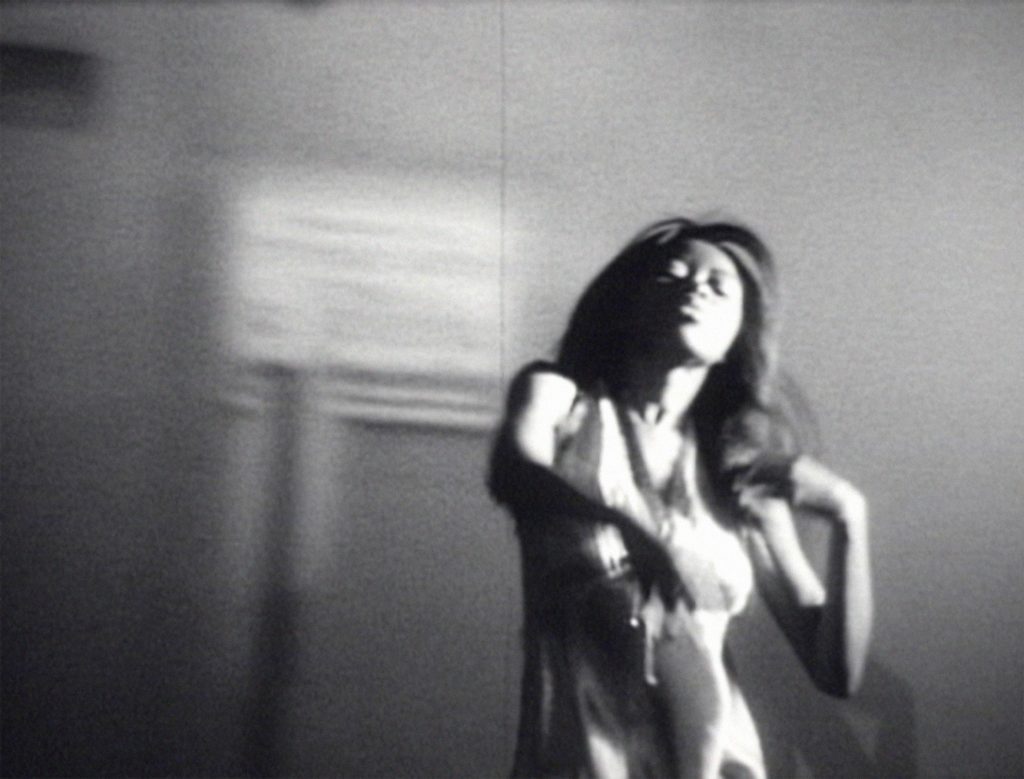
Christie Neptune, Two Miles Deep in La La Land (2007-2012). Courtesy of the artist and We Buy Gold.
This year, the gallery traveled to Ghana to host a performance by singer-songwriter Moses Sumney—and then, during quarantine, migrated online with a suite of video works curated by artist Nina Chanel Abney. Next up is a monograph that’s currently in the works with Pacific Publishing. It stands as proof that a gallery does not need a splashy physical space to make a big impact.
–Janelle Zara
Jaqueline Martins felt she was in the right place at the right time when she opened her eponymous gallery in São Paulo’s posh Pinheiros district nine years ago. But she also knows she was onto something when she left it all behind and set up shop in the city’s gritty downtown in 2016. One of the youngest and most influential dealers in Brazil’s biggest metropolis, Martins felt the new context was right for her artists, who have historically worked on the margins. Her gallery has spearheaded the rediscovery of some of the most radical, overlooked names in the conceptual art scene of 1970s and ‘80s Brazil. They include video artist Letícia Parente and Hudinilson Júnior, an artist known for photocopying himself naked, whose work has been acquired by MoMA and Tate Modern.
“They told me at the beginning I’d close in a year with these artists,” she says. “But when we managed to get museums to look at these people who had fallen into this gap, we also changed the taste of bourgeois collectors. We made them realize there was nothing obscene about a huge dick hanging on their walls.”
–Silas Martí
While Hong Kong’s future as an art hub remains uncertain as Beijing tightens its grip, Jakarta is poised for takeoff. A key driver of this momentum is Jun Tirtadji, who is emerging as a leader of the next generation of gallerists in Asia. When he founded ROH Projects, in 2012, Tirtadji wanted to offer talented Indonesian artists international exposure while infecting Southeast Asian audiences with the art-collecting bug. Eight years on, ROH Projects is preparing to open a monumental new space in Jakarta to provide an even bigger stage to its artists, including Syagini Ratna Wulan and Aditya Novali. Tirtadji’s strategy of cultivating both local talent and local collectors seems particularly prescient in the social-distancing era. “Wouldn’t it be nice,” he says, “if one could go back to a time where going to a gallery in one’s own neighborhood was the only way to really be properly immersed by an artist’s practice?”
–Vivienne Chow
It’s nearly impossible to show truly innovative new-media art while following the old-school rules of how to run a gallery. And nobody understands this better than Kelani Nichole. The founder of the eight-year-old Transfer gallery came to art after seven years in the tech industry, where she worked in design and product strategy. As someone who specializes in web-native work, she is well prepared for an art world that is, for the time being, forced to engage primarily through screens. To avoid the pitfalls of displaying new media in a traditional context, in 2016 she developed a bespoke installation format via custom software called the Transfer Download. She has also adopted an unorthodox approach to working with artists, representing specific projects rather than their entire practice.
“The one thing that I would really change about the art world is relationships and access around relationships,” Nichole says. “This is coming from a perspective where I’m thinking about anti-racist action and how spaces can be inclusive, can be safe spaces, can promote challenging ideas and not just exploit them. Relationships are the currency of the art world, and no one is really looking at doing relationships in a virtual way differently. I want relationships to become a currency that trades on value that is not tied to money.”
–Naomi Rea
When the lockdown hit, Esther Kim Varet, who cofounded Various Small Fires with her husband, Joseph Varet, in 2012, sprang into action. Her gallery quickly implemented Zoom tours (instantly enabling her to reach a global audience) and an online-booking system for touch-free in-person viewings. Kim Varet was equally forward-thinking two years ago when she established a VSF outpost in Seoul, eschewing popular Asian hubs like Hong Kong and Beijing. She recently renewed her lease there based on her belief in South Korea’s continued growth as an international art hub.
Back in Los Angeles, she is pioneering new forms of collaboration, helping to found the online-sales platform GalleryPlatform.LA and establishing a cooperative storage system that enables dealers to share and reuse crates and, soon, pedestals. “I wonder if there is enough agency and willpower right now in the art community to reject the natural instinct to return to normal [after the coronavirus pandemic],” Kim Varet says. “It seems like now or never.”
–Tim Schneider